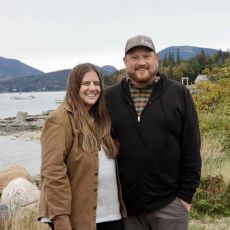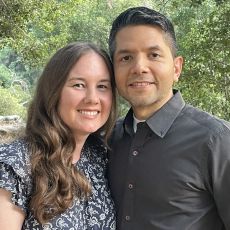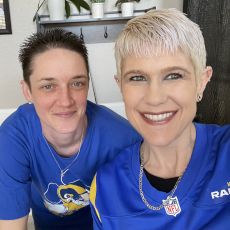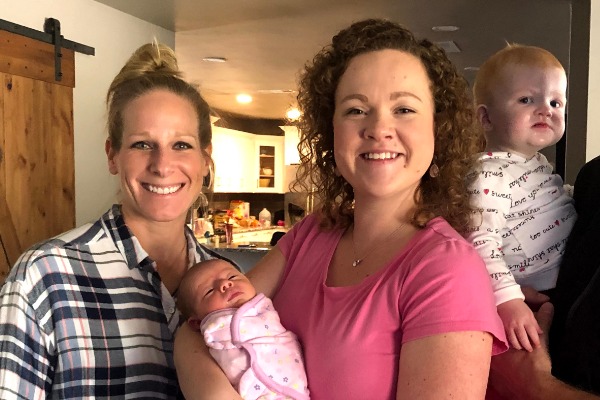What is an Adoption Transition Plan?
As a mother, it’s only natural to be concerned about your child’s well-being. So, you’re probably asking yourself, “How can I ensure that my child transitions safely into their new home?”
You can do this with an adoption transition plan.
This is a plan to help your child feel safe and secure as they move into their new home. In this guide, we’ll go over in more detail the process of an adoption transition plan.
But if you’re thinking of placing an older child up for adoption and want to learn more, you can always call 1-800-ADOPTION to get more information. Our agency is able to provide placement services for children up to 4 years old.
In the meantime, here’s how the adoption transition plan works.
What are the Steps of an Adoption Transition Plan?
Every adoption transition plan is different, and it’s best for you and your adoption specialist to come up with a plan that works for you. Generally, these are the five steps of an adoption transition plan.
1. Start small
Initially, you and your child will get to know the adoptive family a little bit at a time. You might start with a FaceTime call as your first point of contact.
You'll likely want to speak with the potential family first to get to know them before you start to introduce your child to them.
2. Explain the adoption to your child
Right now, you might feel worried about how to explain your child’s adoption to them. This can be a confusing and difficult time for them, and they might not understand at first.
But, even when it’s uncomfortable, it’s extremely important that you explain it to them as best you can in an age-appropriate way during your transition plan for a newly adopted child.
You can potentially start by reading the adoptive family’s profile to the child or let them join you on a FaceTime call so your child can start getting to know them. Introducing the family to the child as someone you like, trust and are excited for them to get to know is a great first step. It is helpful for the child to see you like the family.
3. Spend some time with the adoptive family
Next, you’ll spend some time with the adoptive family.
It’s important to try and get the child’s routine as similar as possible while they spend time with the adoptive family. Understand that it might take some time before your child feels comfortable around the adoptive family before you can proceed onto the next steps.
4. Prepare for your last night with your child
Towards the end of your adoption transition plan, your child will stay the night with the adoptive family alone.
Your specialist will ask when you want this to take place, so you have plenty of time to prepare. At this point, you should also take the time to consider how you feel and make sure that adoption is right for you after spending the first night away from your child.
Once your child has stayed that first night, it’s not a good idea for them to go back and forth. It’s important to have that space so that your child can start to form healthy attachments to the adoptive family.
Right now, you might be feeling anxious but eager for your child to spend more time with the family after their first night. But if you’re having any conflicting thoughts about the adoption process, please reach out to your specialist.
5. Sign your adoption paperwork
Shortly after your child spends that alone time with the adoptive family, you’ll go over your adoption paperwork.
Each state has different time frames when it comes to signing your adoption paperwork, which is usually between 48-72 hours. This paperwork terminates your parental rights, allowing the adoptive family to officially adopt the child.
Throughout the adoption process, you will be reviewing the legal steps. Please be sure to speak with an attorney if you have any questions regarding the process of terminating your rights.
Once everything is signed, the adoption is legally complete. But, that doesn’t mean your relationship is over! With an open adoption, you’ll still be able to spend as much time with your child as possible. You can continue to share pictures and letters, phone calls, and in-person visits with one another.
Helpful Tips
One of the biggest things to know about an adoption transition plan is that it can be as flexible as you need. You can make changes at any time based on the needs of the child or your wishes.
If you decide to go through with your placement, your specialist will help with things you can do to make the transition easier for yourself and your child.
One option is to bring as much of your child’s favorite toys and belongings when they start to stay with the adoptive family. This can help give you some peace of mind knowing that you’re able to give your child some of their favorite things. It will also help your child when they’re surrounded by items that are familiar to them.
What if I Don’t Go Through the Adoption Transition Plan?
Considering adoption for your older child is an emotional and challenging decision. There will be times that you feel like you’re making the right decision for your child, and others where you might question if this is right you. It’s easy to feel like you’re on a roller coaster of emotions during and after the adoption if you choose to go through with the placement.
If you are struggling with your transitioning plan in adoption, or if you start to have second thoughts after your child stays the night at the adoptive family’s house, you still have every right to change your mind.
The first step, of course, is to reach out to your specialist about how you’re feeling. They can help you assess and determine what your next steps should be and if an older child adoption is right for you. If you have any concerns about your older child adoption, please don’t hesitate to reach out to your adoption specialist.
Lindsey, a birth mother, talked about how much her birth parent specialist supported her throughout her adoption.
“She [Shannon, her birth parent specialist] was there for me when I didn’t have anybody, and she always knew just what to say,” Lindsey remembered. “I did have a lot of concerns and fears, and she knew how to talk me through them. She’s someone that’s — even now, three months after I’ve had my baby — probably going to check in on me from time to time. She was just amazing, and I’m so glad that she’s in my life.”
What Happens Next?
Considering adoption for your older child isn’t easy. If you ever have any questions about the adoption transition plan, we are always ready to listen.
Our agency is able to provide placement services for children up to 4 years old. You can give us a call at 1-800-ADOPTION whenever you need to talk.
Disclaimer
Information available through these links is the sole property of the companies and organizations listed therein. American Adoptions provides this information as a courtesy and is in no way responsible for its content or accuracy.







































